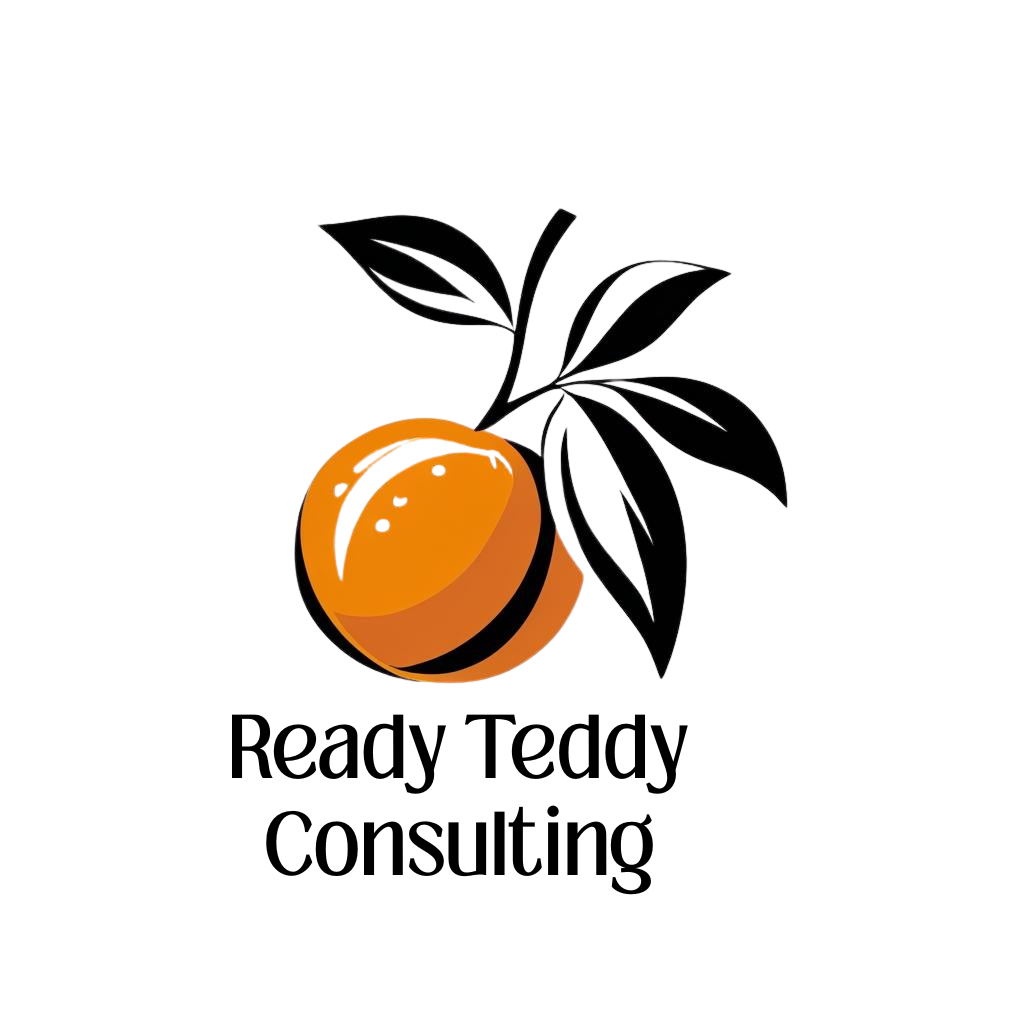What a talented squirrel teaches us about effective performance management.
Have you ever heard of Twiggy the squirrel? Twiggy has been performing since 1979, trained to ride a miniature jet ski. His owners, Chuck and Lou Ann, even taught other animals—including miniature horses, poodles, a cat, and an armadillo—to do the same. They toured the country, entertaining families and spreading a message about water safety.
Common sense tells us there must have been several “Twiggys” over the years (since squirrels live only about 10 years in captivity). And common sense also says a squirrel shouldn’t really be able to drive a personal watercraft. But still—Twiggy delighted audiences everywhere. Now think about the time that went into training a squirrel to jet ski. It must have started with simply getting him comfortable in the water, then balancing on skis, and eventually riding across a pool. Admirable? Absolutely. A good use of time? That’s debatable.
The same question applies in the workplace. Time is a precious resource. There’s always too much work and not enough people to do it. Yet I’ve seen many managers spend enormous amounts of energy chasing what they believe is “developing their team,” when in reality it’s more of a wild goose chase or rather, teaching a squirrel to jet ski.
When Development Efforts Go Sideways
Here’s how it often plays out:
A manager spots a gap in someone’s skills—maybe a missing technical skill, an underdeveloped soft skill, or a perceived lack of leadership.
The manager zeroes in on “fixing” this gap. But the feedback isn’t clearly articulated, the employee doesn’t see the value, and soon it all feels subjective.
The manager keeps pushing, the employee resists or does the bare minimum, and valuable time is wasted on both sides.
This isn’t to say managers shouldn’t develop their people. In fact, I believe it’s a requirement. Managers owe their teams comprehensive, constructive feedback and guidance. What I’m discouraging is the kind of development that’s reactive, unclear, or misaligned with what actually matters.
Likewise, is the feedback something that is opposite what this person does particularly well? Is this skill or capability going to be something that is an uphill battle for various reasons? Is this skill set an objective need for continued success in role, or is it a subjective view of what a particular leader thinks is important?
A Practical Example
Take this scenario:
A manager tells their employee:
“Jean, you need to get closer to Operations. They aren’t happy with your hand-offs.”
On the surface, this is feedback. But for Jean, it probably feels vague, subjective, or even personal. What exactly is the gap? Why does it matter? How can she realistically improve? Without clarity, Jean is left to guess what success looks like—and that’s where development breaks down.
Instead, let’s apply a better framework. Development should be focused on three things:
Role-specific needs – Skills essential for success in the current job
Colleague’s desire – Areas the employee personally wants to grow in
Future value – Capabilities that will position the employee (and the team) for long-term success
Now let’s reframe Jean’s situation using a GESS model. (Gap, External Evidence, Solution and Success Metric) and how Jean’s manager could talk about these directly in a time effective way.
Gap: Jean lacks awareness of the operations process after sales, which leads to misinforming clients. This frustrates Operations and damages client satisfaction and breaks down communication and trust between the teams. This will prevent Jean from moving up in the organization.
“Jean, it seems like you lack knowledge on what happens after the sale is complete. This is leading to misalignment with the client and causes Operations to be the bearer of bad news. Closing the sale also means a strong and positive handoff to our post-sale team. I know you are keen on promotion but your connectivity and relationship with our post sales teams needs work before we can get there”
External Evidence: Operations has raised concerns at least 3 times this year. Service ratings are slipping due to misaligned expectations.
“This observation is based on the two concerns raised in Q2 and Q3. Their service ratings are slipping because of these issues.”
Solution: Partner with the team to fully understand the end to end workflow. Learn where client expectations need to be managed differently.
“I want you to become super knowledgable on the post sale process, including factors that could affect timing and other extraordinary situations. I want you to understand where the expectations need to be managed and whether there’s anything we can do at time of sale to move this along better. Please work on dedicating some time each week to meeting with the team and getting to understand the nuances.”
Success metric: Fewer complaints from operations, improved service scores, and clients better informed on timelines, better relationship with the post sales team.
“I’ll expect to see fewer complaints and better scores as well as a better relationship with post sales before we can continue to work on your promotion story”
Notice the difference: the feedback is now clear, evidence-based, solution-oriented, and measurable. Jean understands why the development matters, how to fix it, and how success will be evaluated.
Another consideration is that this fix is something that Jean could capably pick up in due course. This seems to be something Jean can do but often times, we are fighting against someone’s core strengths. Consider whether the areas of improvement are key to success in role.
The Bottom Line
Just like training Twiggy to jet ski, pouring time and effort into development is only worthwhile if the outcome is meaningful. Managers should absolutely invest in their people—but the investment needs to be:
Aligned to the role’s needs
Motivated by the employee’s own goals
Oriented toward future value
Anything else risks becoming a quirky sideshow—lots of effort, questionable impact, and eventually, frustration for both manager and employee.
